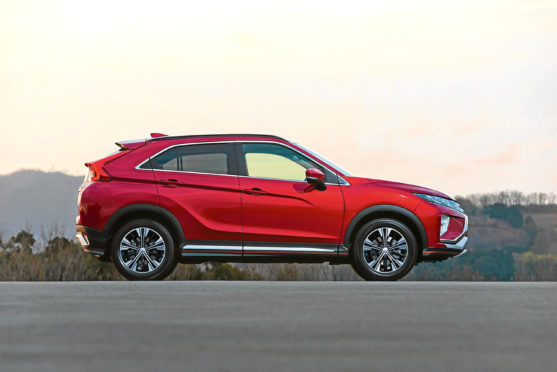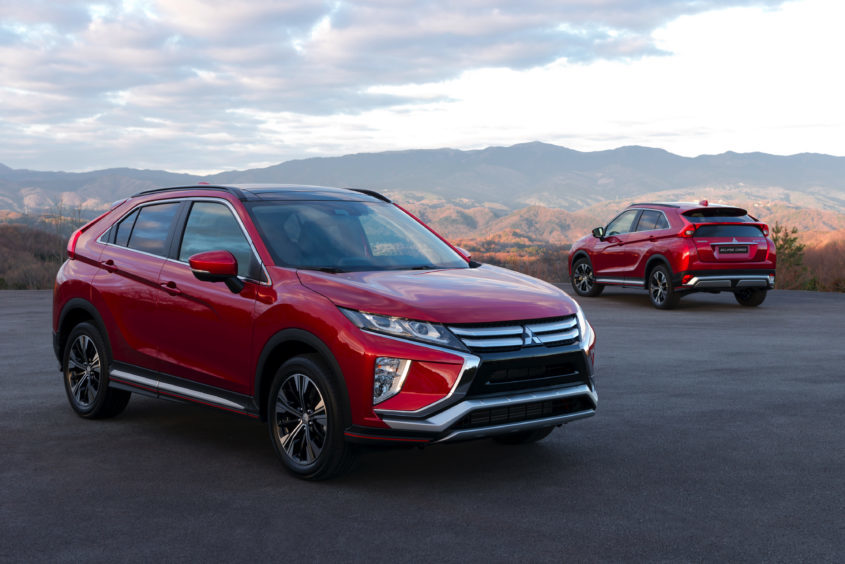Mitsubishi is one of the few companies that was making SUVs long before they became the phenomenon they are today.
Unfortunately, while Mitsubishi favoured rugged capability its rivals went for on-road manners and a plush interior.
As such, the Japanese brand has struggled to maintain a foothold – the exception being its hybrid Outlander, which makes a cheap company car.
Mitsubishi hopes to change all that with its latest offering, the Eclipse Cross.
Being a mid-size SUV, it sits in the super-popular bracket dominated by the Nissan Qashqai, Mazda CX-5 and Kia Sportage.
It certainly looks the part. Chunky and robust, reflecting Mitsubishi’s heritage, it also introduces the sort of sleek styling that could turn buyers’ heads away from more established fare.
Under the engine is a 1.5 litre petrol engine with a healthy 163bhp. A 2.2 litre diesel is due to join the range later.
The petrol’s a good unit, powerful enough and fairly quiet. With diesel currently falling out of favour Mitsubishi aren’t suffering too much from currently having only one engine choice.
The interior is a high point of the car: there’s a modern touchscreen and everything feels a step up in quality from previous Mitsubishis I’ve driven.
I took the Eclipse Cross for a couple of hours’ drive on the west coast. It rides comfortably and the smart offroad system keeps the car in two-wheel drive until sensors detect greater traction is needed.
It’s bigger inside than almost all of its rivals, with the possible exception of the CX-5. Sliding rear seats are a clever feature that can increase passenger space or boot room according to need.
Prices stretch from £21,275 to £29,750. It’s not at the bargain basement end of the SUV spectrum but it’s still decent value for what you get.
And what you get is, finally, a Mitsubishi SUV that can hold its head high against many of its rivals. Comfortable, practical and good looking, it’s a solid new contender in a crowded SUV sector.

